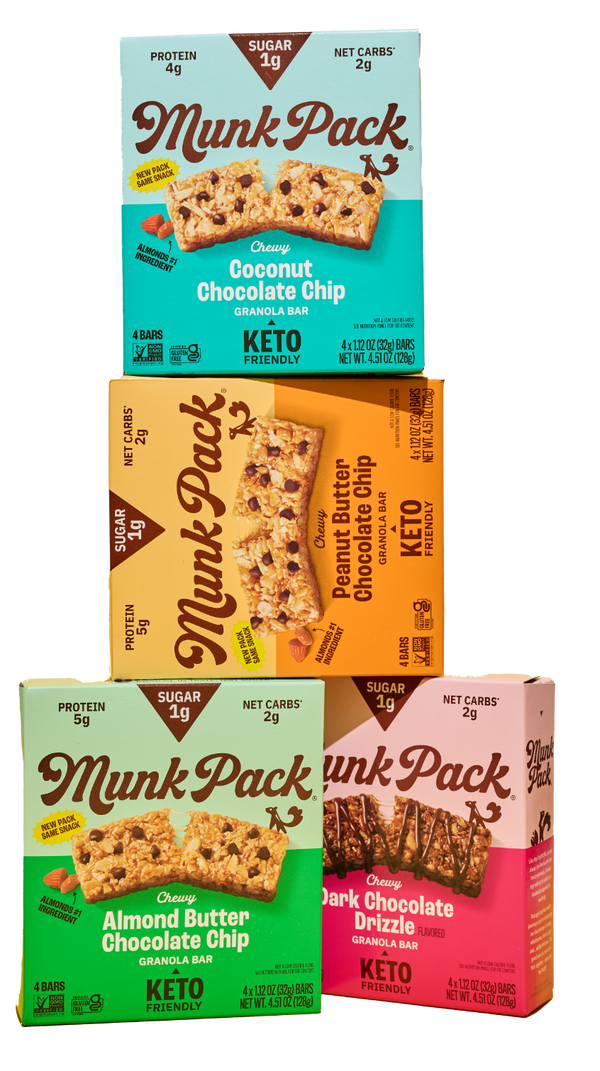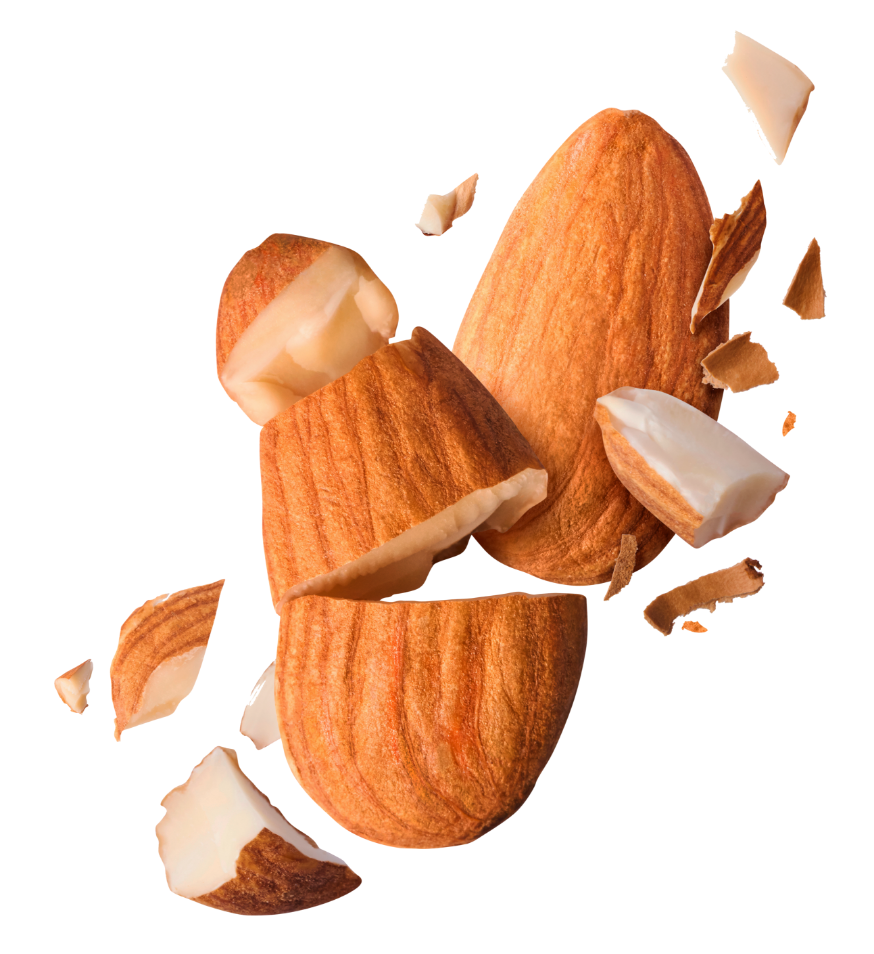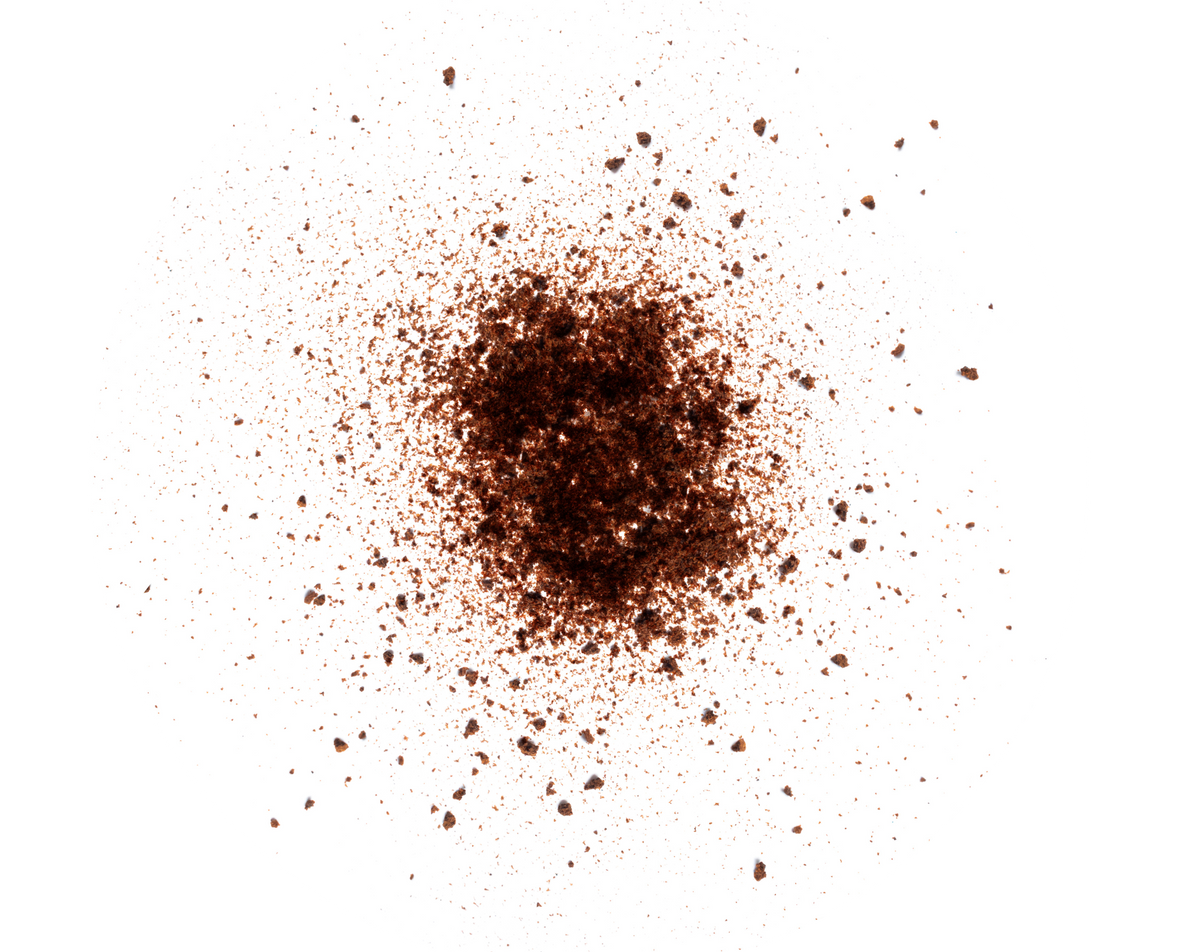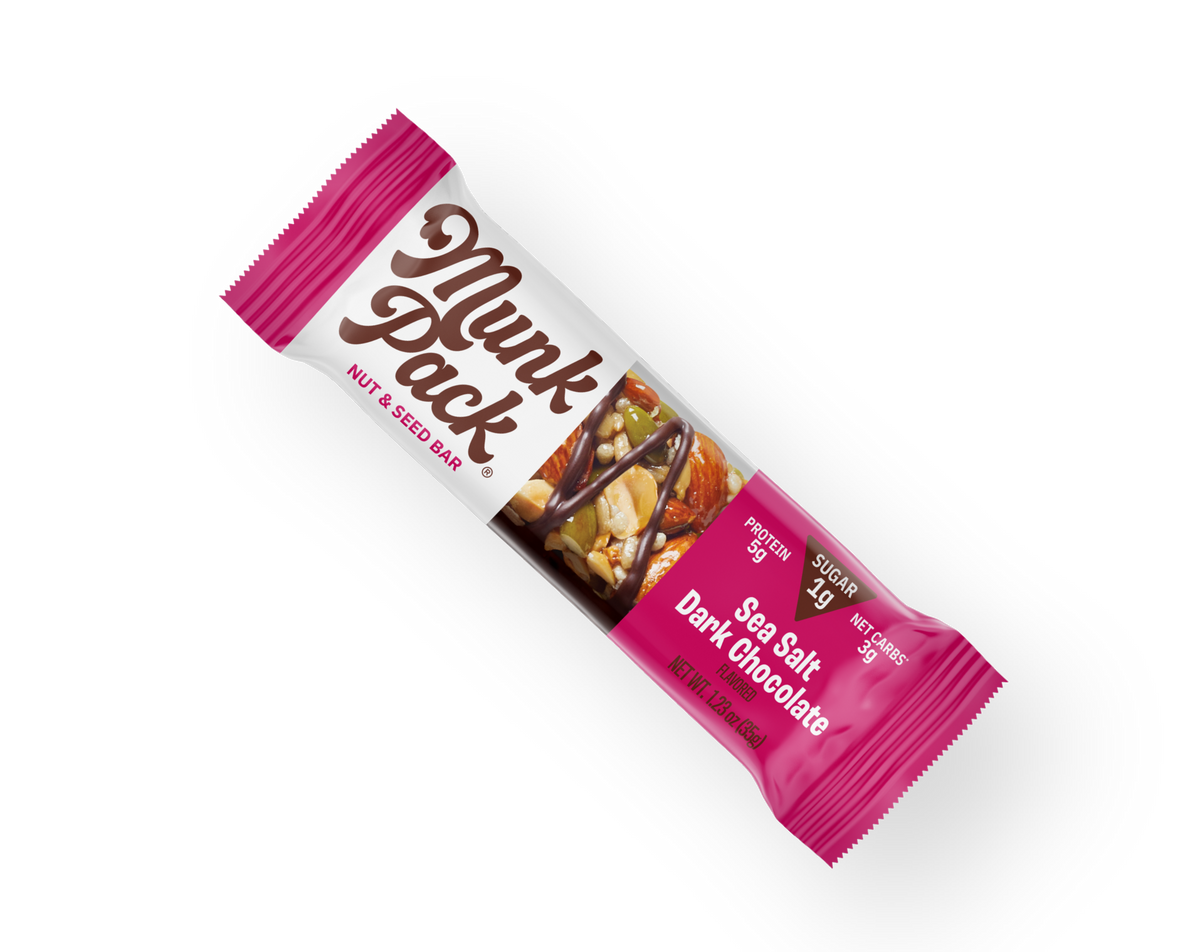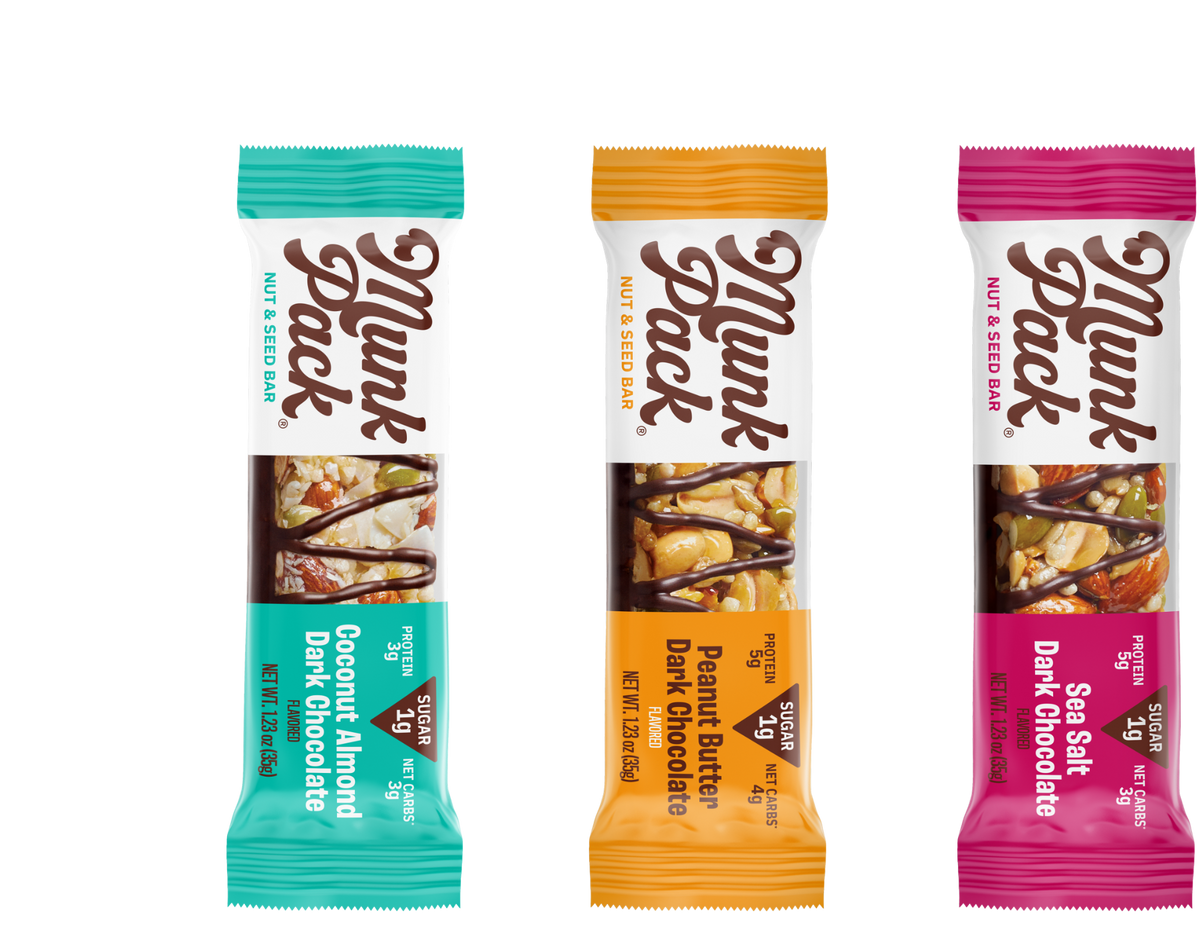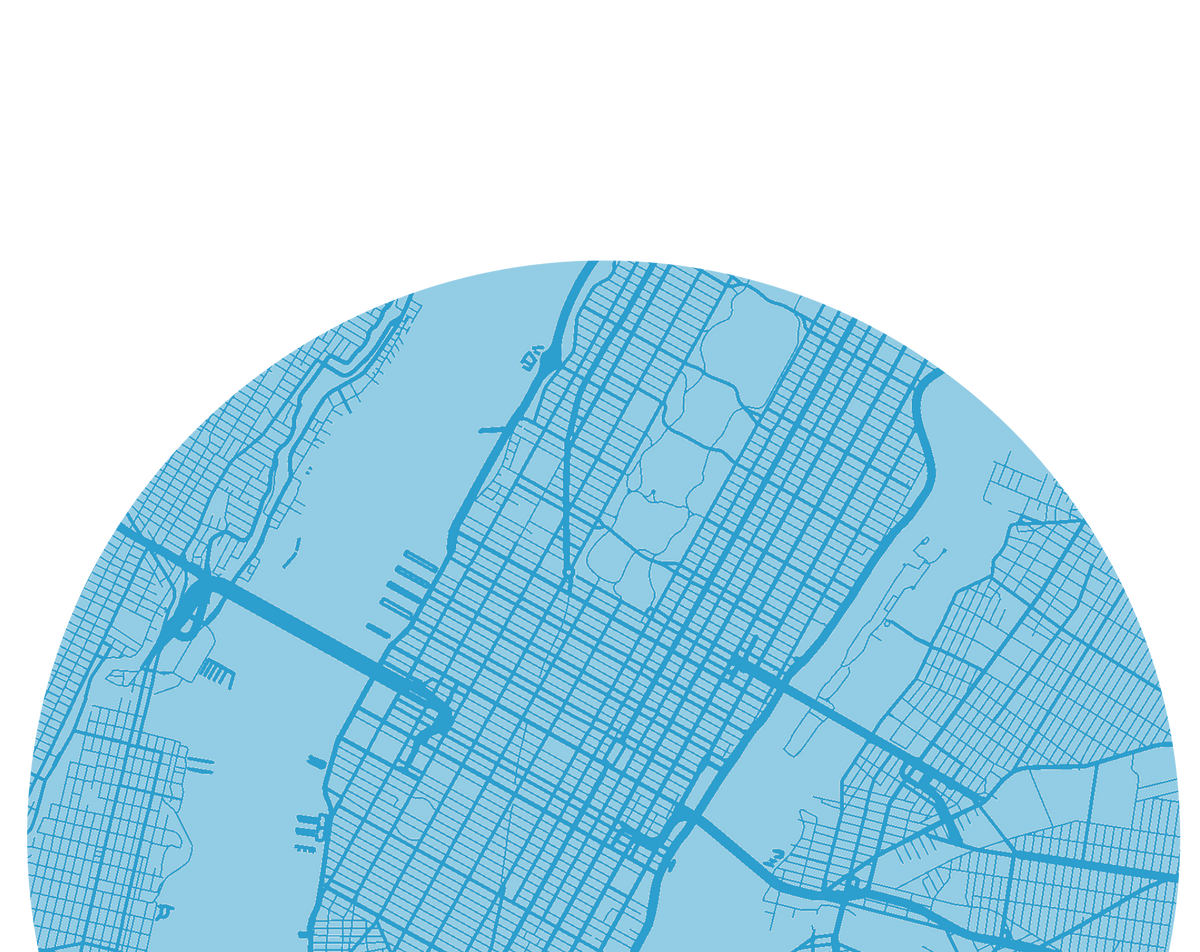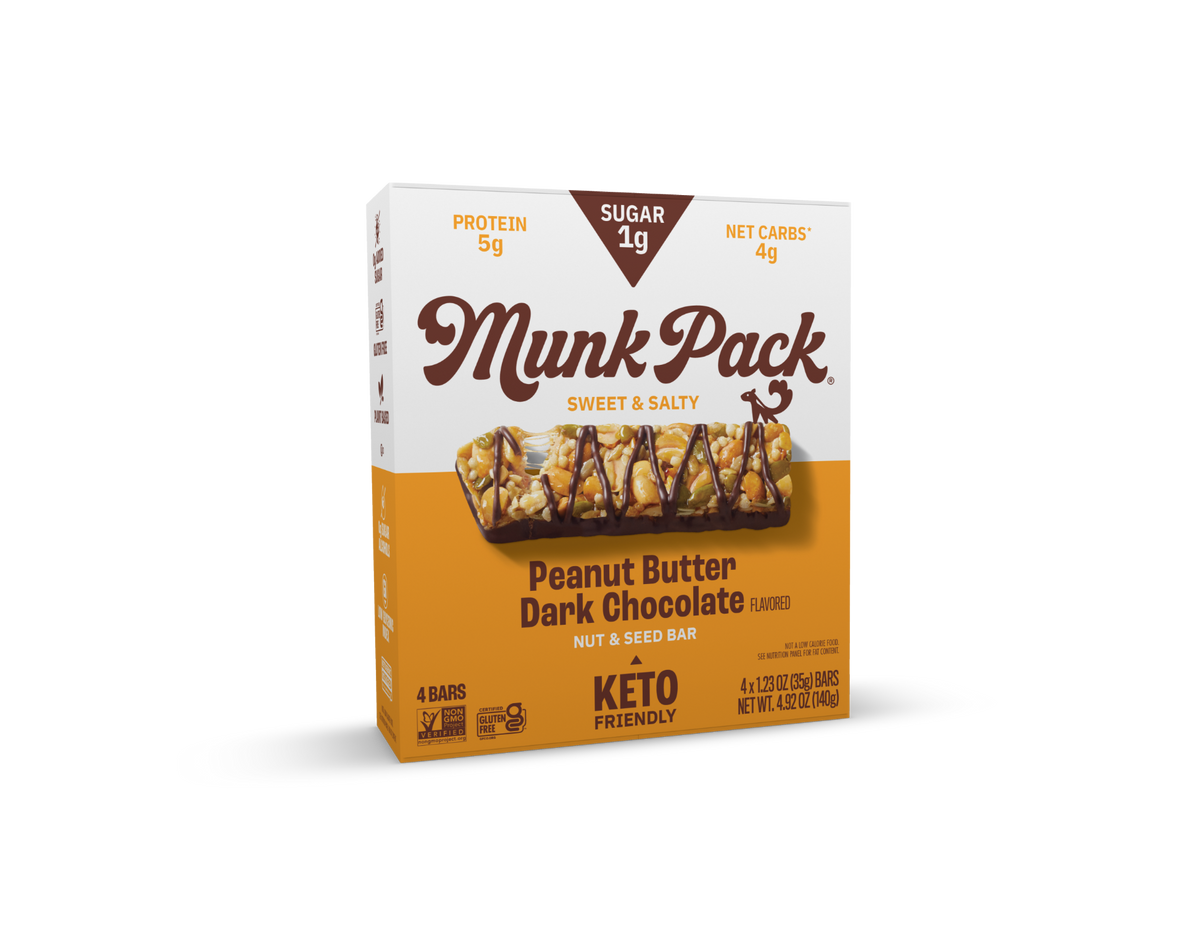1G SUGAR
—
0G ADDED SUGAR
—
NO ERYTHRITOL
—
NO ARTIFICIAL SWEETENERS
—
LOW GLYCEMIC
—
1G SUGAR
—
0G ADDED SUGAR
—
NO ERYTHRITOL
—
NO ARTIFICIAL SWEETENERS
—
LOW GLYCEMIC
—
1G SUGAR
—
0G ADDED SUGAR
—
NO ERYTHRITOL
—
NO ARTIFICIAL SWEETENERS
—
LOW GLYCEMIC
—
The Magic In Every Bar
- 1g Sugar
- Crafted with Premium Nuts & Seeds
- Sweetened with Allulose
- No Erythritol, No Aftertaste
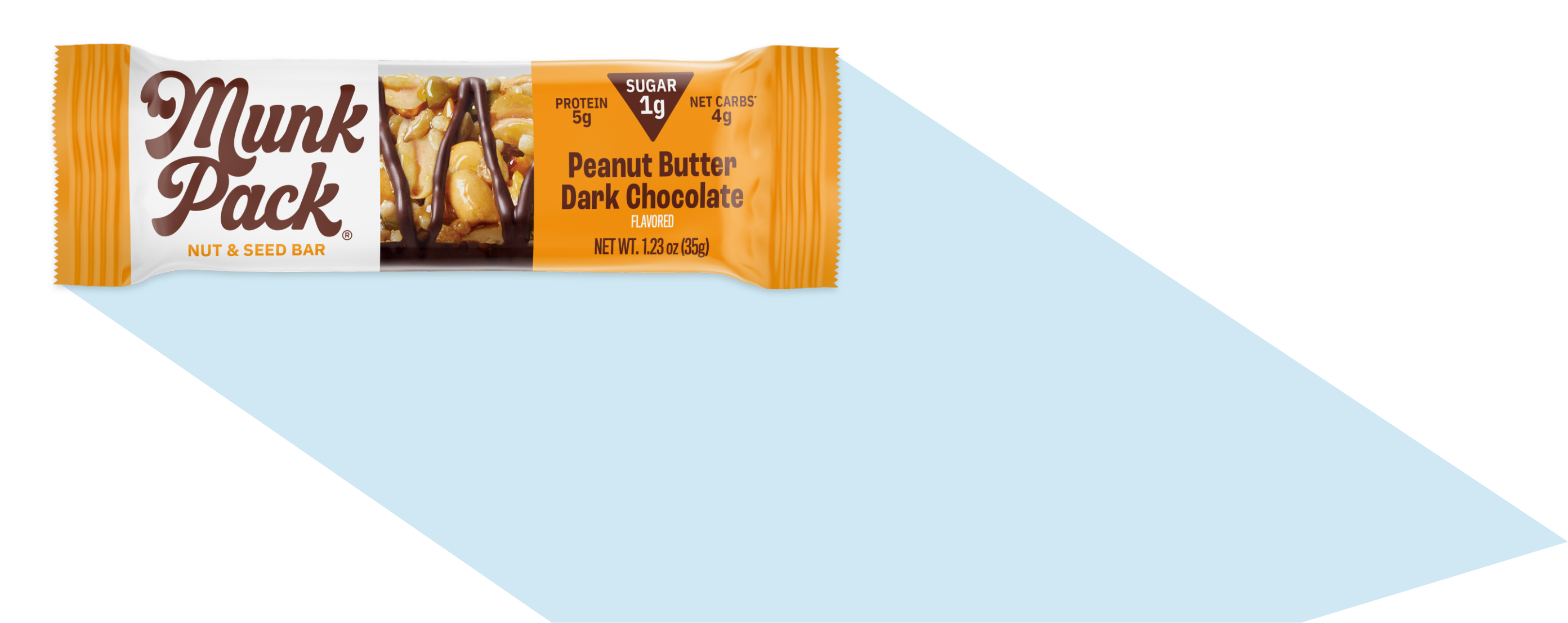
Nothing Hidden
- 0g Added Sugar
- No Artificial Sweeteners
- Gluten Free
- Non-GMO
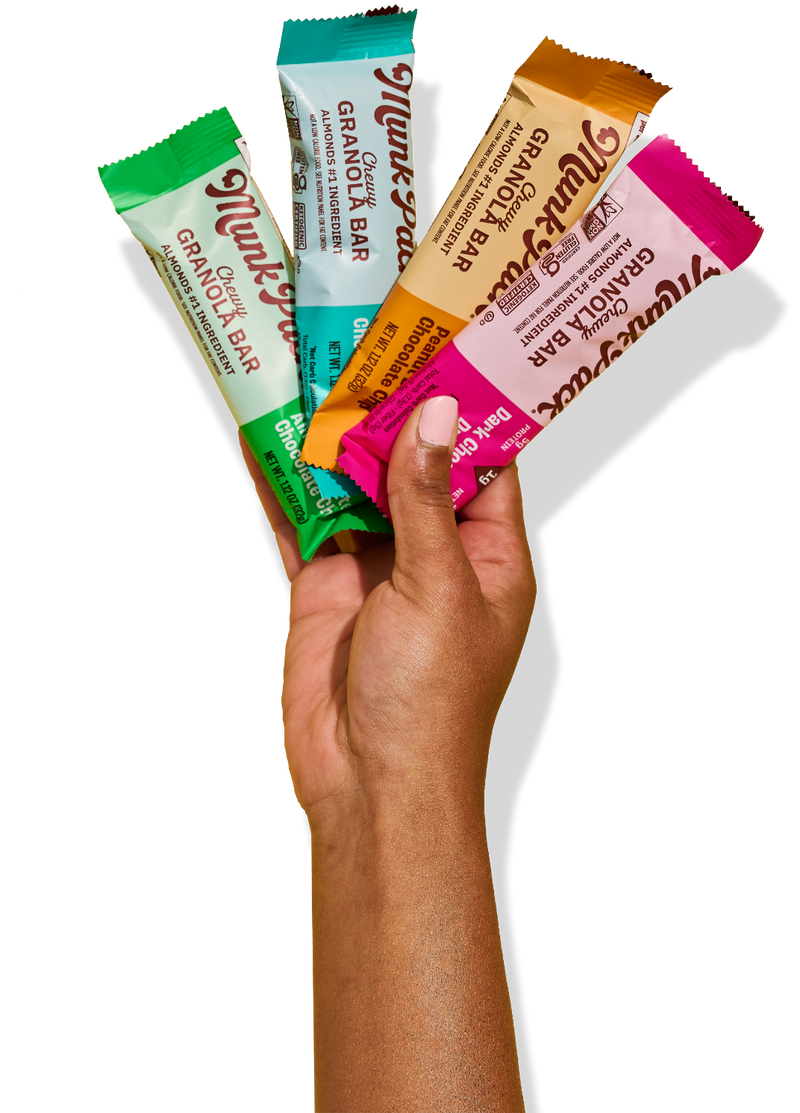
Snack Back Against SugarTM
All you need to know about how sugar isn't actually so sweet – and how you can finally shake it once and for all.
Learn MoreTHE BUZZ AROUND MUNK PACK
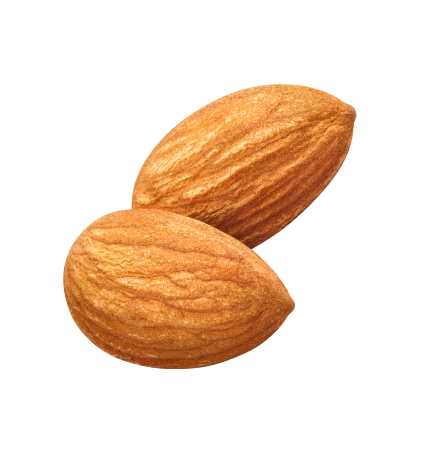
Best Sellers
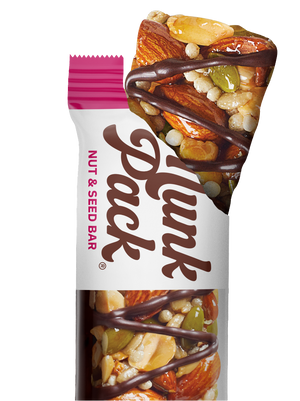
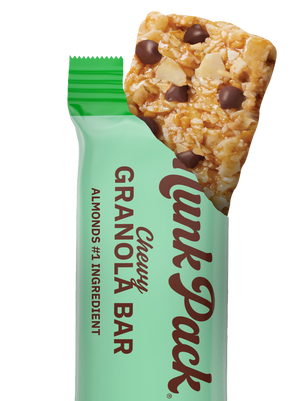
Chewy Almond Bars
A chewy almond bar packed with nuts and seeds, not oats. Simple as that.
See All Flavors

What the Munk and Why the Pack?
Get the lowdown on how Munk Pack came to have a Chippy mascot leading the anti-sugar movement.
Learn More

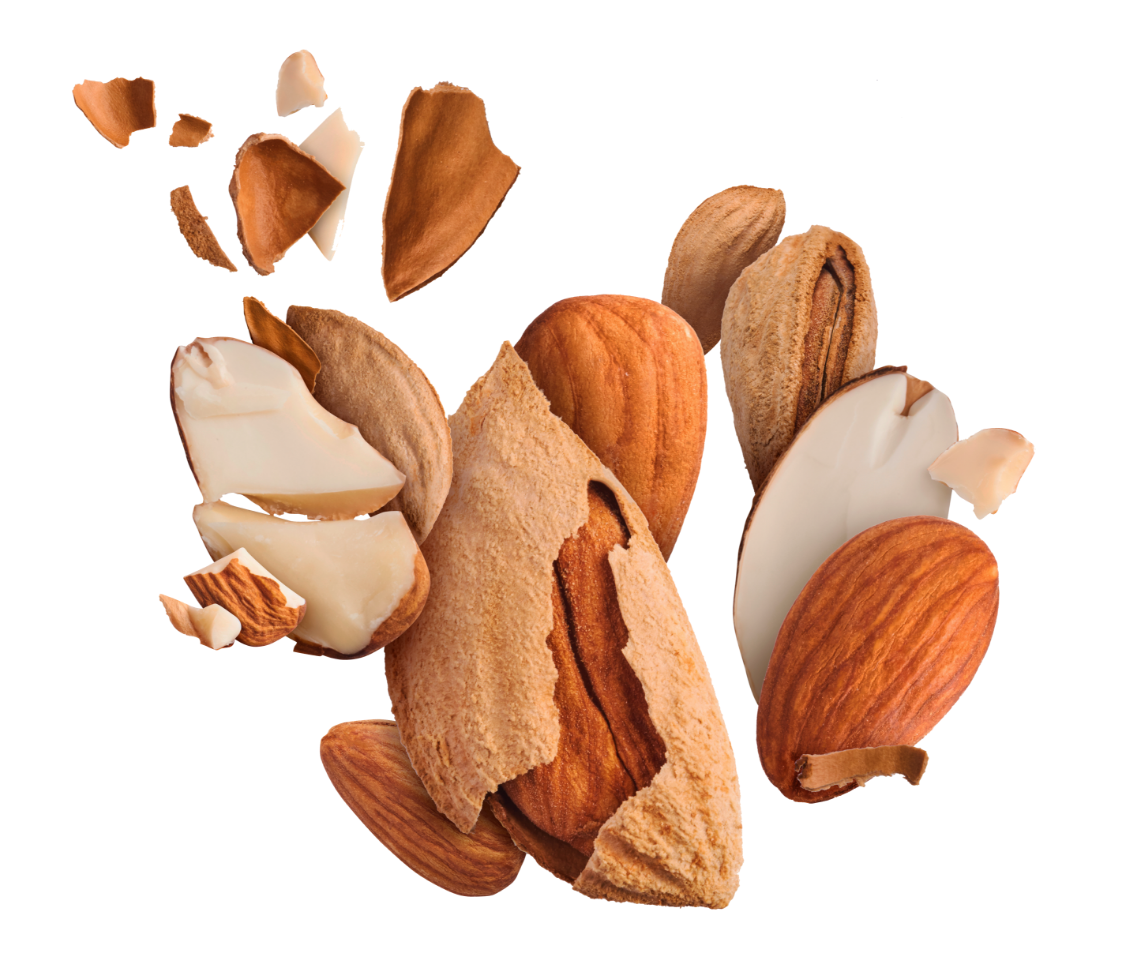

Run With The Pack, Reap The Rewards
Join The Pack to earn points and unlock exclusive discounts.
Sign Up Now